High Production Costs Pose Challenges for the Shrimp Industry
Why Are Production Costs High?
Dr. Nguyen Duy Hoa, Global Technical Director of Empyreal & Motiv Cargill Inc, explains that the high production costs of shrimp in Vietnam are often compared between successful farms rather than averaging successful and unsuccessful ones. Currently, Vietnam's production cost is significantly higher compared to Ecuador.
For instance, for shrimp of the same size (20g each), Vietnam's production cost is $3.5 - $3.6 per kg, while in Ecuador, it is only $2.5 per kg.
Hoa attributes the substantial cost difference primarily to Ecuador's advantage of large farm areas and low stocking density, which allows for the use of approximately 25% natural feed in the ponds. Additionally, the low stocking density reduces shrimp stress, leading to minimal costs for medications, health supplements, and labor.
In contrast, Hoa points out that the high stocking density in Vietnam results in ponds devoid of natural feed, necessitating reliance on high-quality and functional feed. Moreover, high shrimp stress levels lead to frequent use of medications and health supplements, increasing costs.
Another significant factor is that most Vietnamese shrimp farmers lack capital (over 90%), relying on loans from dealers, which results in higher costs for raw materials, feed, medications, and supplements. For example, cash purchases of feed cost VND 30,000 per kg, while dealer credit costs VND 45,000 per kg. For a 10-ton shrimp batch, this price difference amounts to VND 225 million, a substantial component of production costs.
According to Mr. Ngo Tien Chuong, Senior Technical Specialist at GIZ, the low success rate of shrimp farming in Vietnam (around 40%) means that costs for pond preparation, electricity, water treatment, and seed purchases are often wasted on unsuccessful farms. Additionally, intermediary costs and logistics, along with price and quality instability in input supplies, further impact the cost structure.
Increasing the Success Rate to Reduce Costs
To address high production costs, Hoa suggests focusing on improving the success rate of whiteleg shrimp farming in Vietnam and managing the shrimp production chain more efficiently by eliminating intermediaries.
Chuong emphasizes that if shrimp farming is to be a key economic sector, policymakers need to address the core issues and prepare for technical and trade challenges. While Vietnam has adequate policies and regulations, their enforcement needs to be more responsible and effective. Learning from the IUU (Illegal, Unreported, and Unregulated) fishing sector could benefit the shrimp farming industry.
Moreover, controlling input quality, improving production conditions, and applying advanced technology are essential to increasing the success rate to at least 65% from the current 40%. Development of infrastructure, logistics, and cold storage is also crucial to balancing supply and demand and ensuring export readiness. Clear policies to enhance value chain integration, reduce intermediaries, and align inputs with production needs are needed to avoid overproduction and maintain quality.
Addressing Feed Costs
Mr. Tran Cong Khoi, Head of Aquatic Seed and Feed Department at the Fisheries Department, notes that in the cost structure of whiteleg shrimp and giant tiger shrimp production, feed accounts for approximately 64%, while seed costs make up 8 - 10%. Since 2021, the impact of post-COVID-19 and geopolitical factors has increased energy and labor costs, adding to production challenges.
Additionally, Vietnam's feed production industry heavily relies on imported raw materials, exacerbating the cost issue.
Our country's demand for feed ingredients is estimated at around 31.2 million tons per year, with approximately 6 million tons needed for aquaculture feed. Currently, domestic production only supplies about 35% of this demand, while 65% is imported, said Mr. Khoi
Mr. Khôi noted that some companies are now using technology to enhance nutritional value and replace expensive ingredients in aquaculture feed production.
In the long term, the Ministry of Agriculture and Rural Development (MARD) has proposed solutions and submitted to the Prime Minister for approval decisions such as Decision No. 985/QĐ-TTg dated August 16, 2022, which approves the National Aquaculture Development Program for the period 2021 - 2030, and Decision No. 1664/QĐ-TTg dated October 4, 2021, which approves the Plan for Marine Aquaculture Development until 2030, with a vision to 2045. These decisions include guidelines for the development of aquaculture feed, environmental management products, and veterinary medicines for aquaculture.
The Ministry of Agriculture and Rural Development has also proposed and submitted Decision No. 915/QĐ-TTg dated May 27, 2016, concerning policies to support the conversion from rice cultivation to maize in the Northern Midlands, North Central region, Mekong Delta, South Central Coast, and Central Highlands.
Mr. Ngo Tien Chuong, Senior Technical Specialist at GIZ, said: If we consider brackish water shrimp as a key economic sector, managers need to address the issues candidly to determine where the problems lie.
Source: Nong Nghiep VN
Ngày đăng : 14/08/2024
998 View
Other Articles
Portuguese food group acquires 18% stake in cod farming company Norcod
Indonesia implements radioactive-free shrimp certification for exports to the United States
India is world’s second-largest shrimp producer. That is now under threat
Ca Mau’s shrimp industry moves towards “green” growth
Floods devastate aquaculture, processing operations in Vietnam
Ecuador Leads Global Shrimp Exports, Surpassing USD 7 Billion in 2025
India's marine product exports rise 16% as new markets offset US dip
Skretting presents the first shrimp feed with insect meal in Vietnam
Sharing: EU increases shrimp imports in the first 9 months of the year
Gideon De Oro opens high tech Cebu shrimp plant, to revive exports
White-leg shrimp facing WSSV: When density and environment fluctuate together








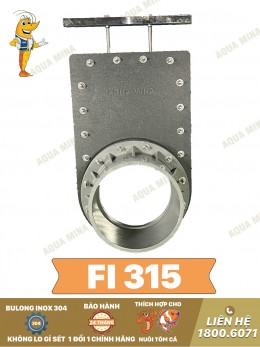
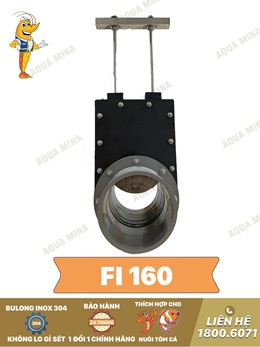
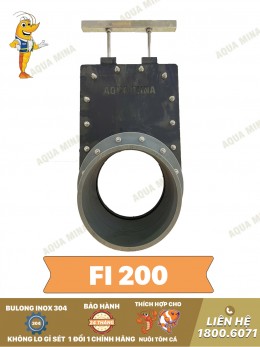
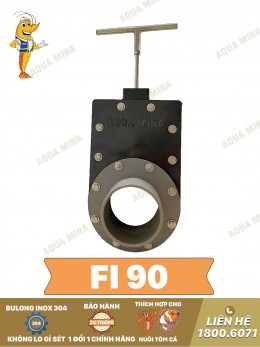
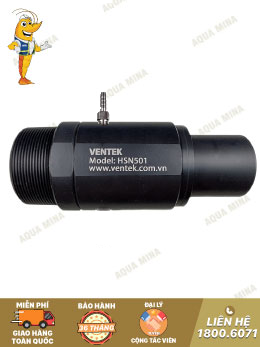
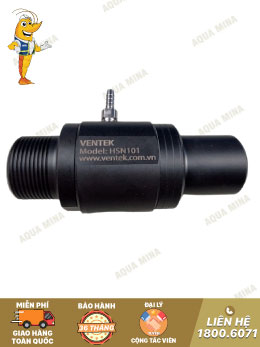
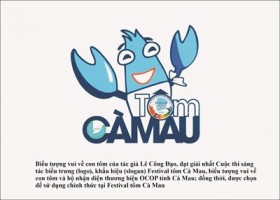
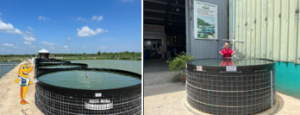
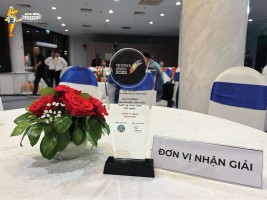
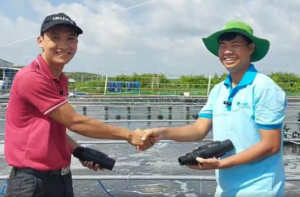
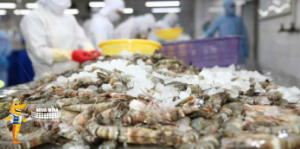
.jpg)